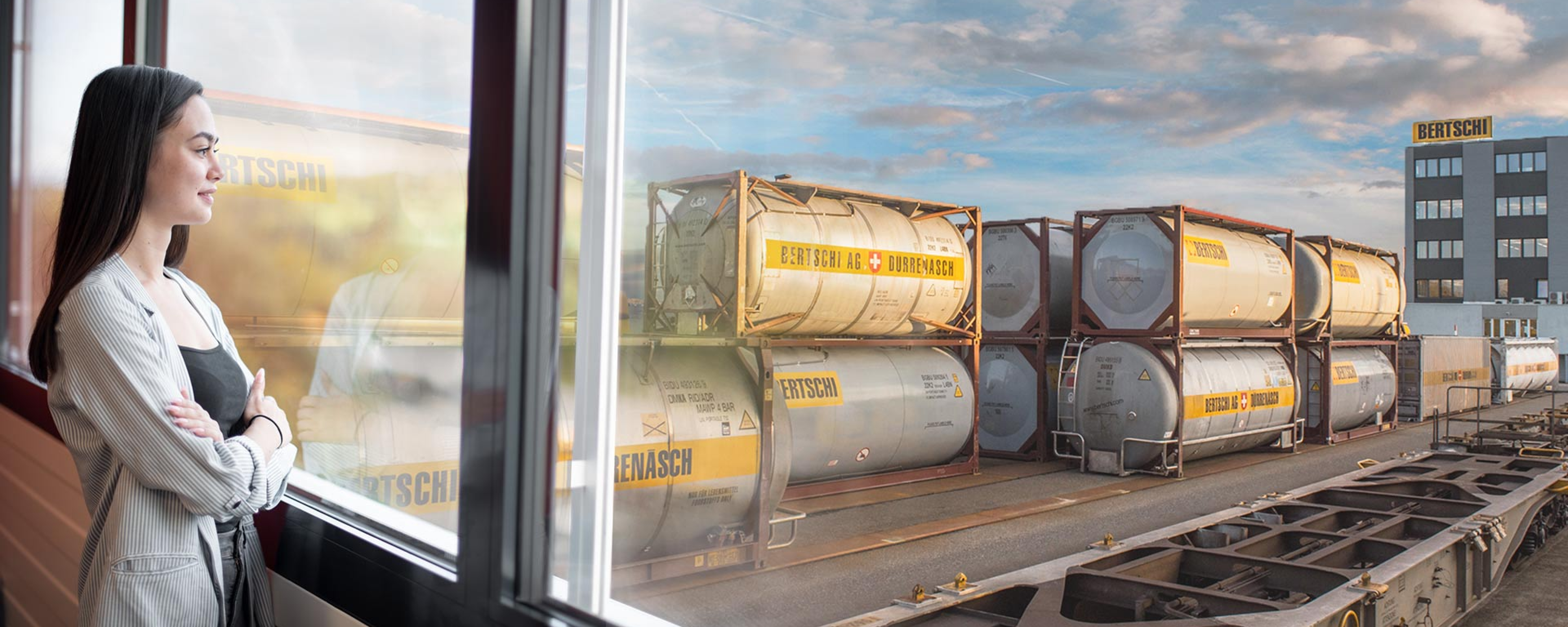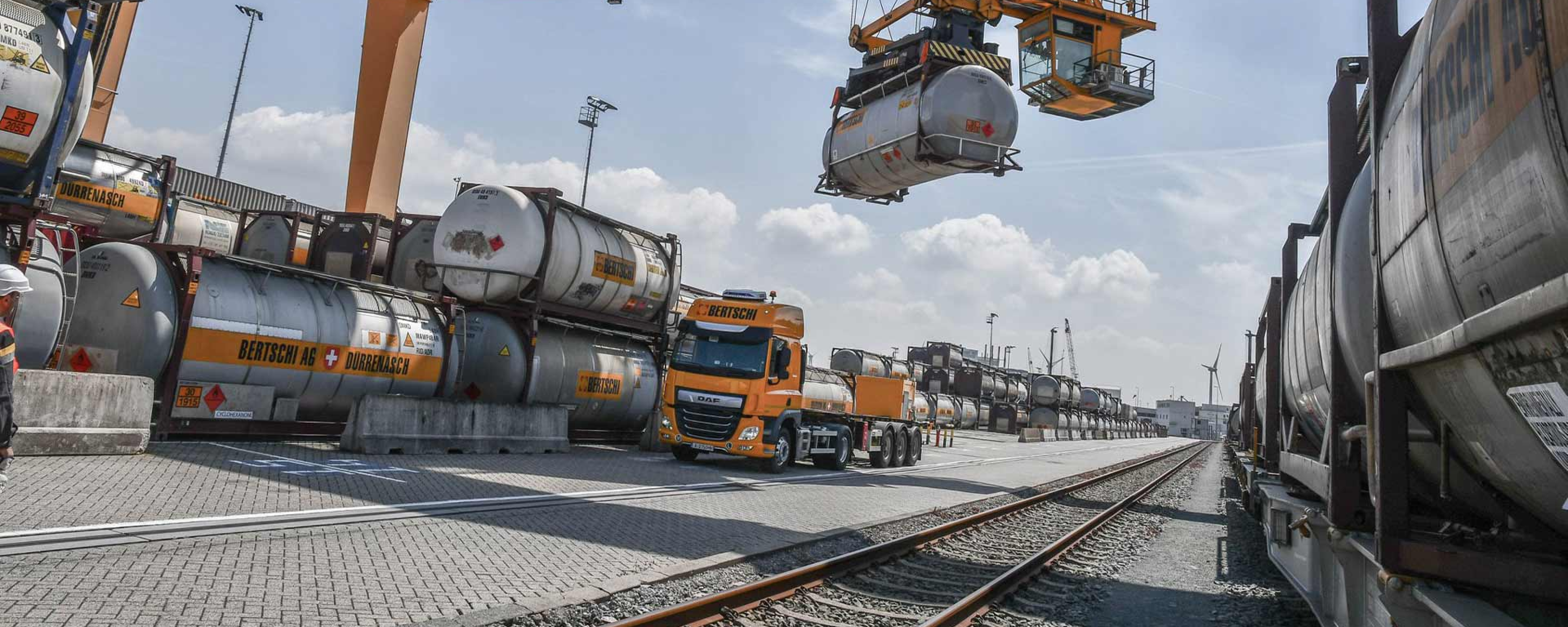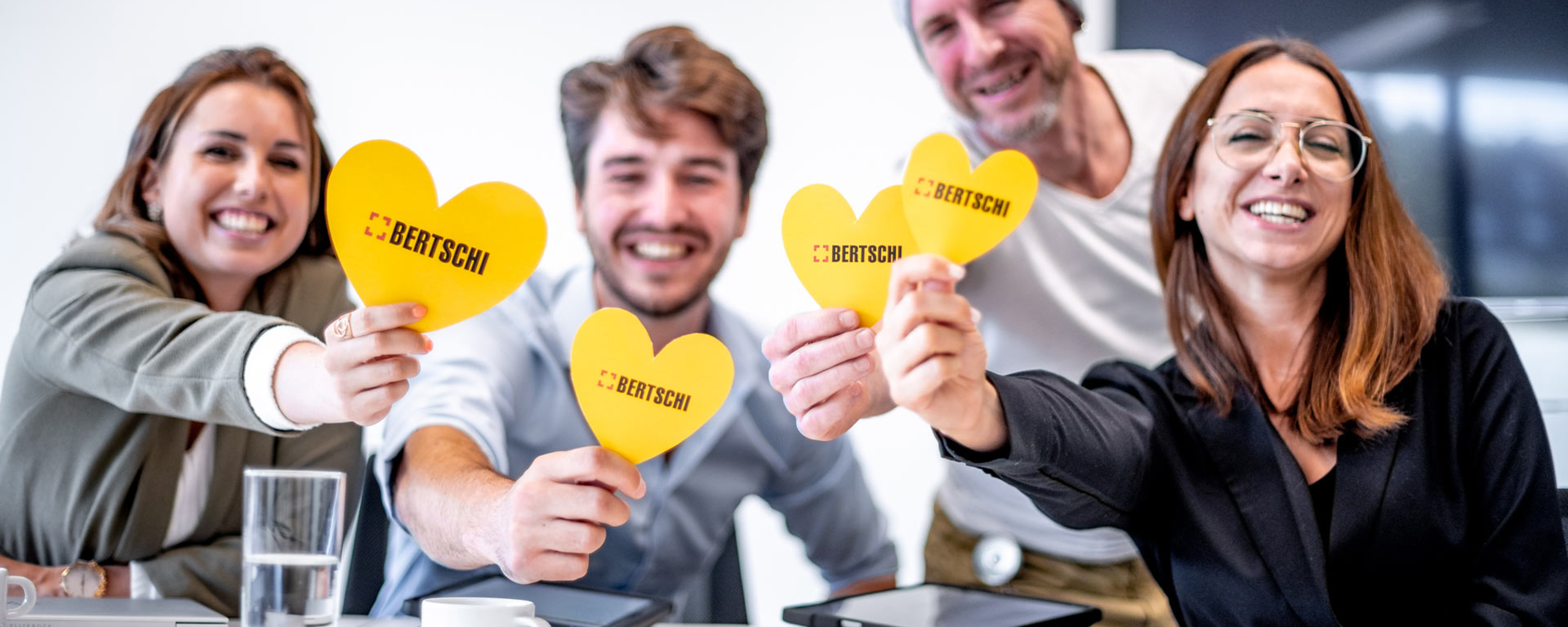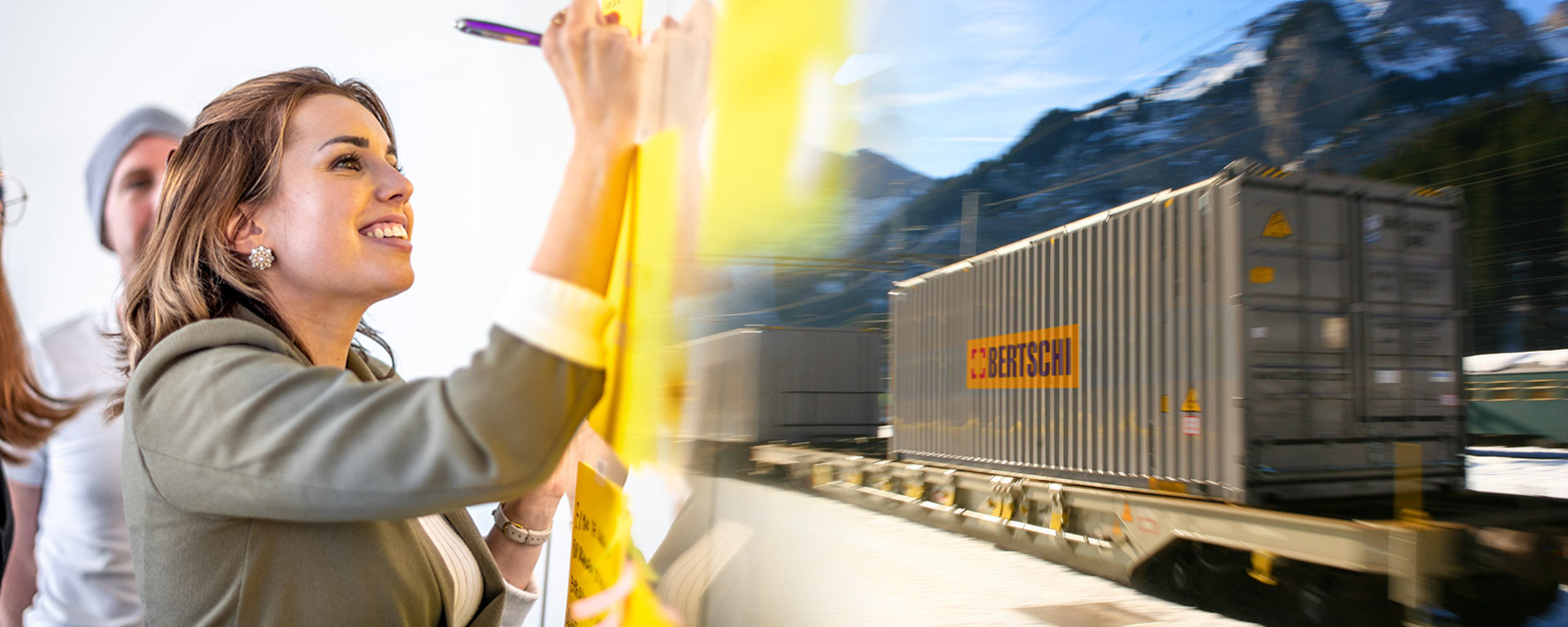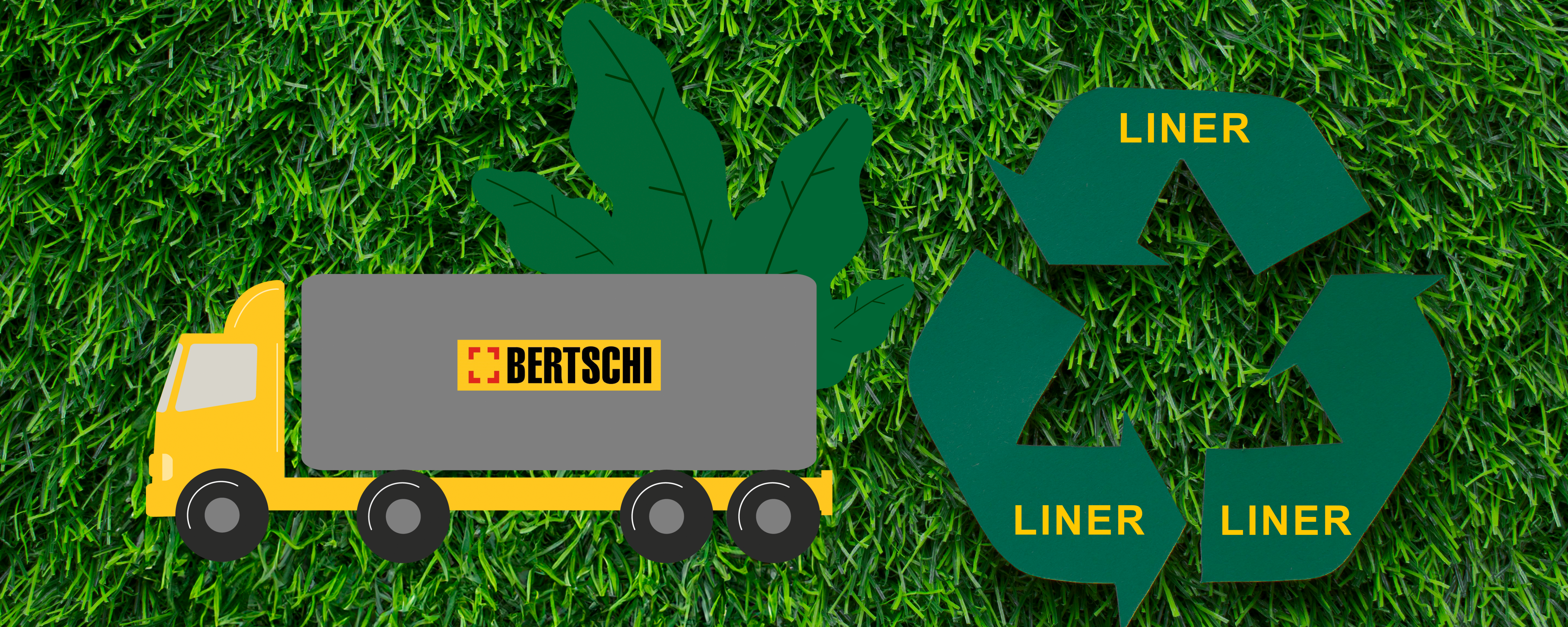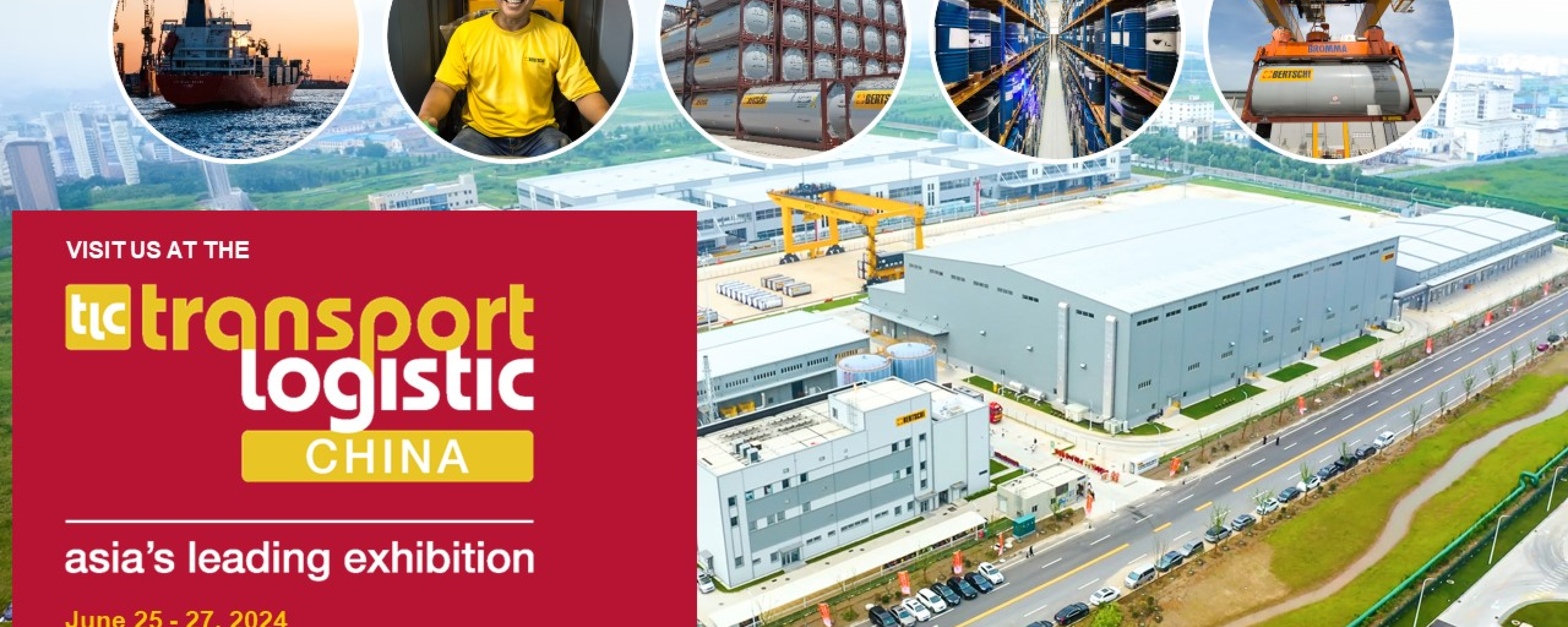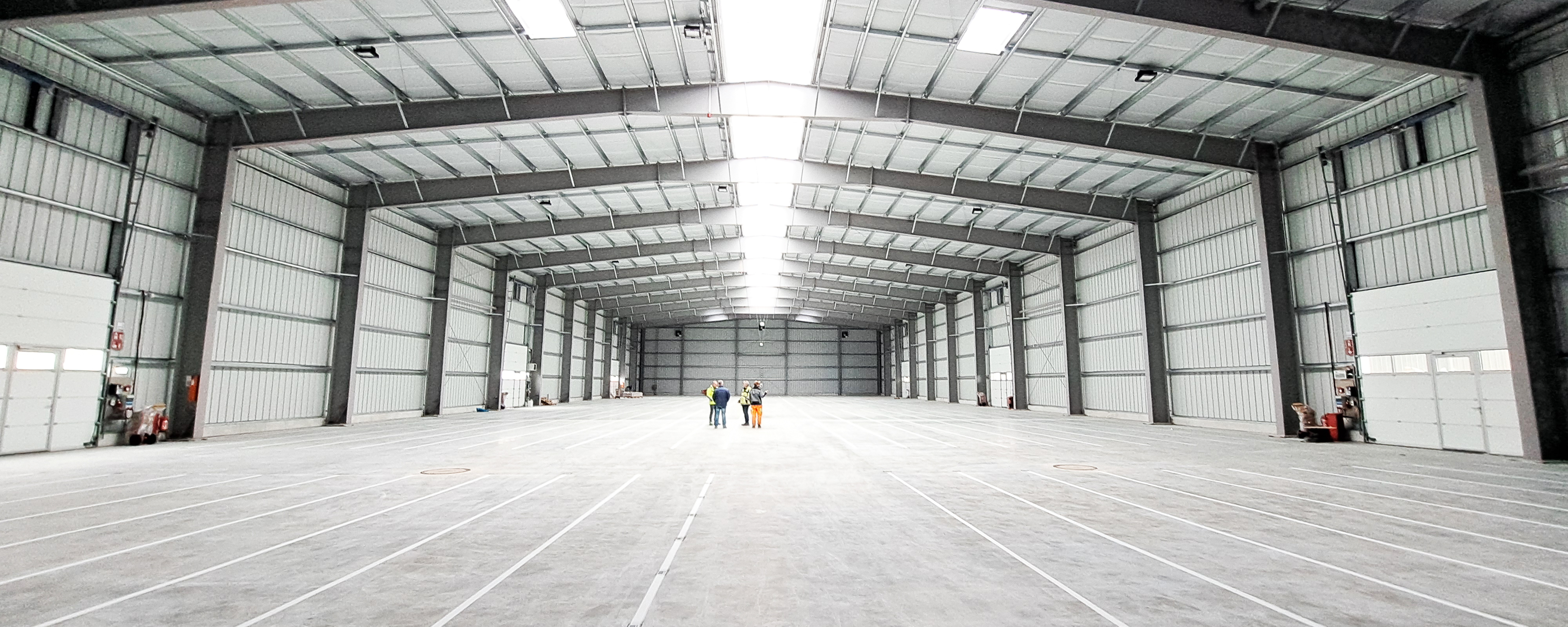Avoiding Empty Kilometers with Bag in Box Container Concepts: A Case Example
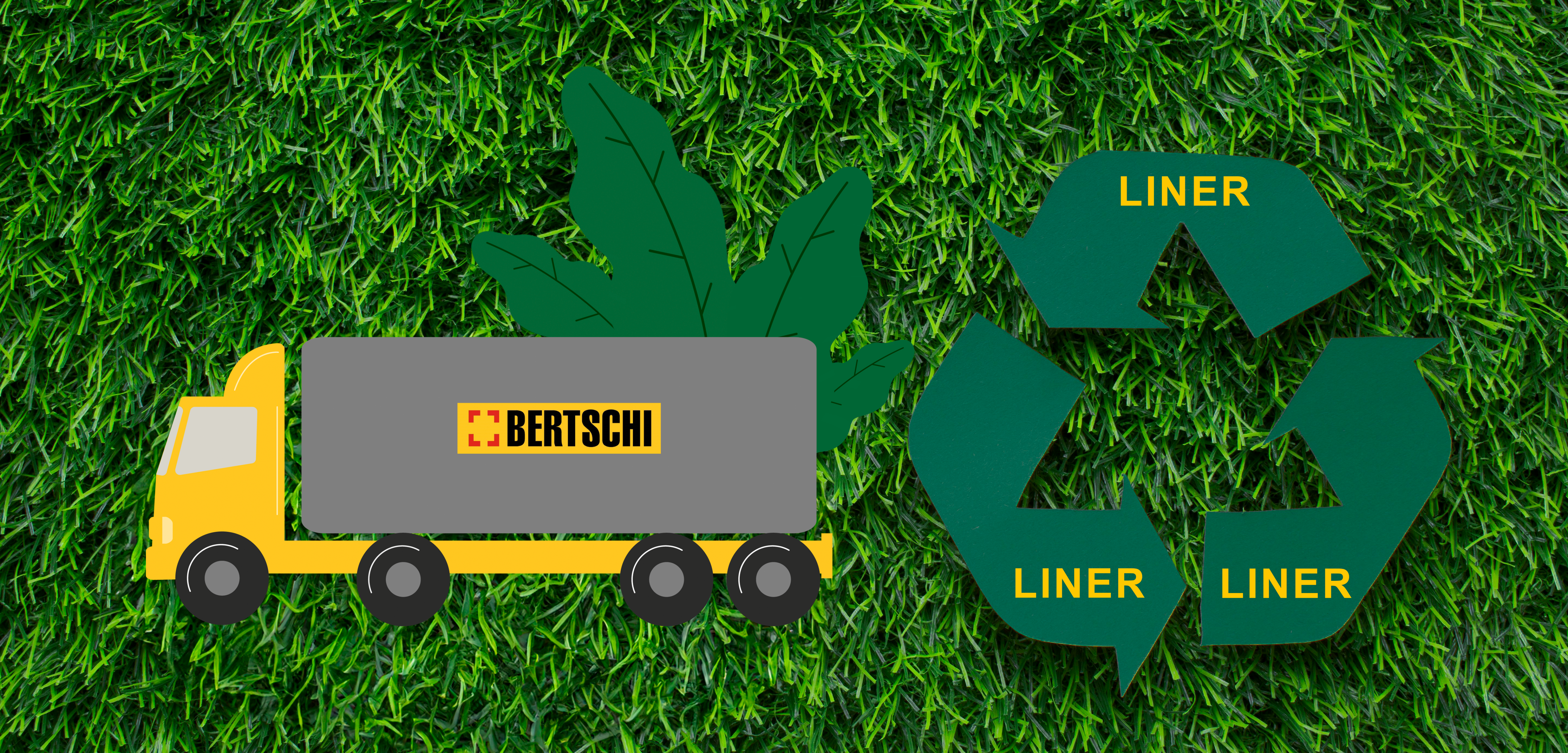
Amongst the current threats to our industry, we can point out reduction of volume, costs increase, and price pressure from our customers. Yet again, challenging times carry opportunities and set the grounds for creative solutions.
When transport planning and calculating costs, Bertschi planners consider not only the distance from the loading plant to the unloading plant, but also the empty drives in between. These incur costs, time, and unwanted emissions. The use of Bag in a Box containers and loading and unloading in a circular set-up is one option to eliminate such empty kilometers.
In just one such case example with a customer from this year, the product in transport is virgin PET compound produced in Italy and sent to a consignee in BeNeLux for water bottle production. Upon unloading, the driver changes the container liner (the “Bag in the Box”), and loads recycling PET into it. Instead of the container being transported back to Italy empty, the now fully-loaded container returns to the Italy plant for the recycling PET to be mixed with virgin material. This product is then once more loaded into the same container with a new liner. The main leg of such a transport is done on intermodal rail. Calculating the road leg for the first and last mile of this case example, 300km of empty drives per transport are prevented by this circular set-up.
By substituting two empty drives with a change of liner, we optimize our planning. This can always be done ensuring the correct standards on liner change (following Operation Clean Sweep principles), aligned with our drivers and BBS trainers as well as our local offices.
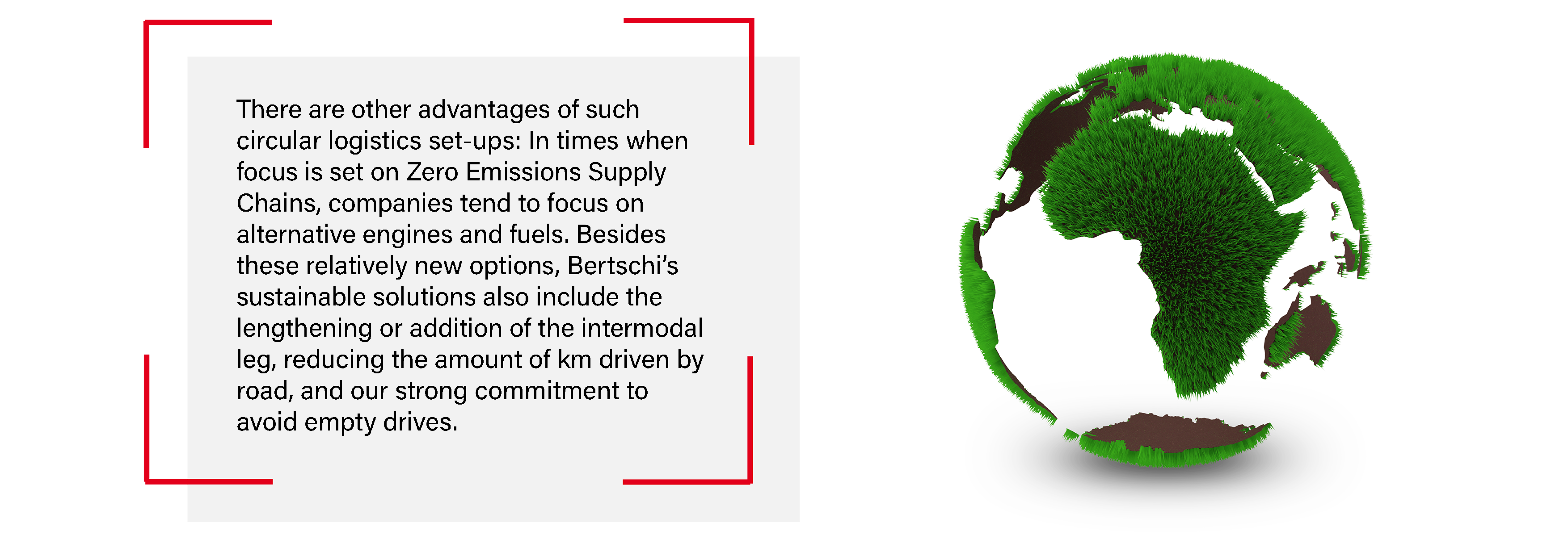
This is another example of how the use of Bag in a Box containers and a close collaboration with our customers help us optimize our planning, provide sustainable and more competitive solutions to our customers, and win with intermodal solutions against pure road transport.
